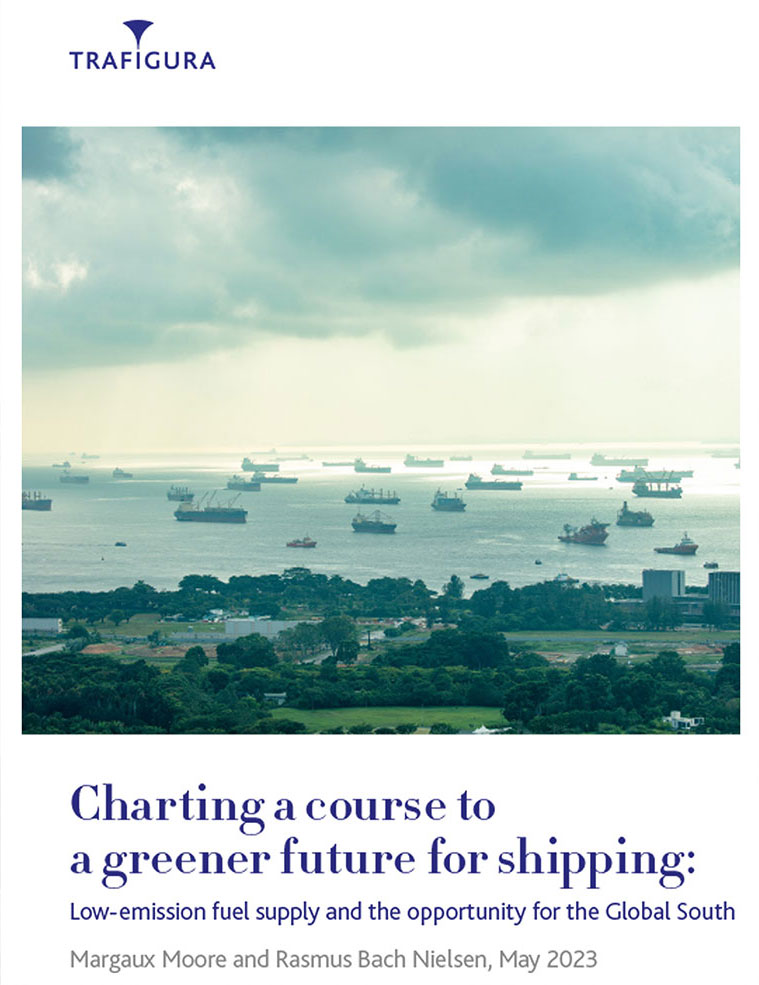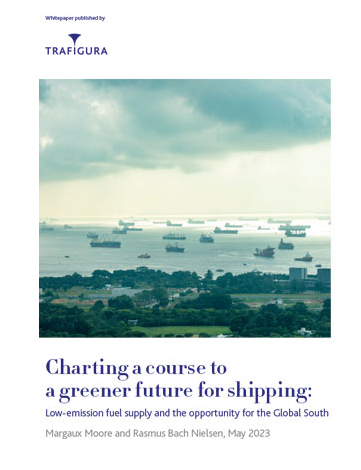Shipping is an important industry that plays a significant role in global trade and economic growth, but it is also responsible for 3 percent of all global greenhouse gas emissions.
The industry’s current goal of reducing total annual GHG emissions by least 50 percent by 2050 compared to the 2008 baseline, is not ambitious enough to meet the immense climate challenge we face today. This needs to change and soon.
While technology and biofuels have a role to play, ultimately the only way to achieve deep decarbonisation of shipping is by switching to low-emission fuels.
With the right policy settings, we see large potential for producing two of these fuels - green ammonia and green methanol - in countries with access to abundant solar energy, wind power and land.
However, this potential, which could provide developing countries with the chance to develop new export industries and create thousands of skilled jobs, won’t be realised unless the shipping industry can agree on challenging decarbonisation targets and crucially implements a price on carbon.
The International Maritime Organization (IMO) has an essential role to play in this regard, as the de facto global regulator of shipping. By agreeing and implementing ambitious science-based decarbonisation targets in its revised GHG Strategy, the IMO can accelerate the development of low- and zero-emission fuels and attract the investment needed to overhaul the infrastructure of the global shipping industry and retrofit a fleet of ships.
Delaying action will only add to the eventual cost of decarbonisation. Shipping needs to act now to tackle its emissions footprint and start the journey to a sustainable and resilient future.

